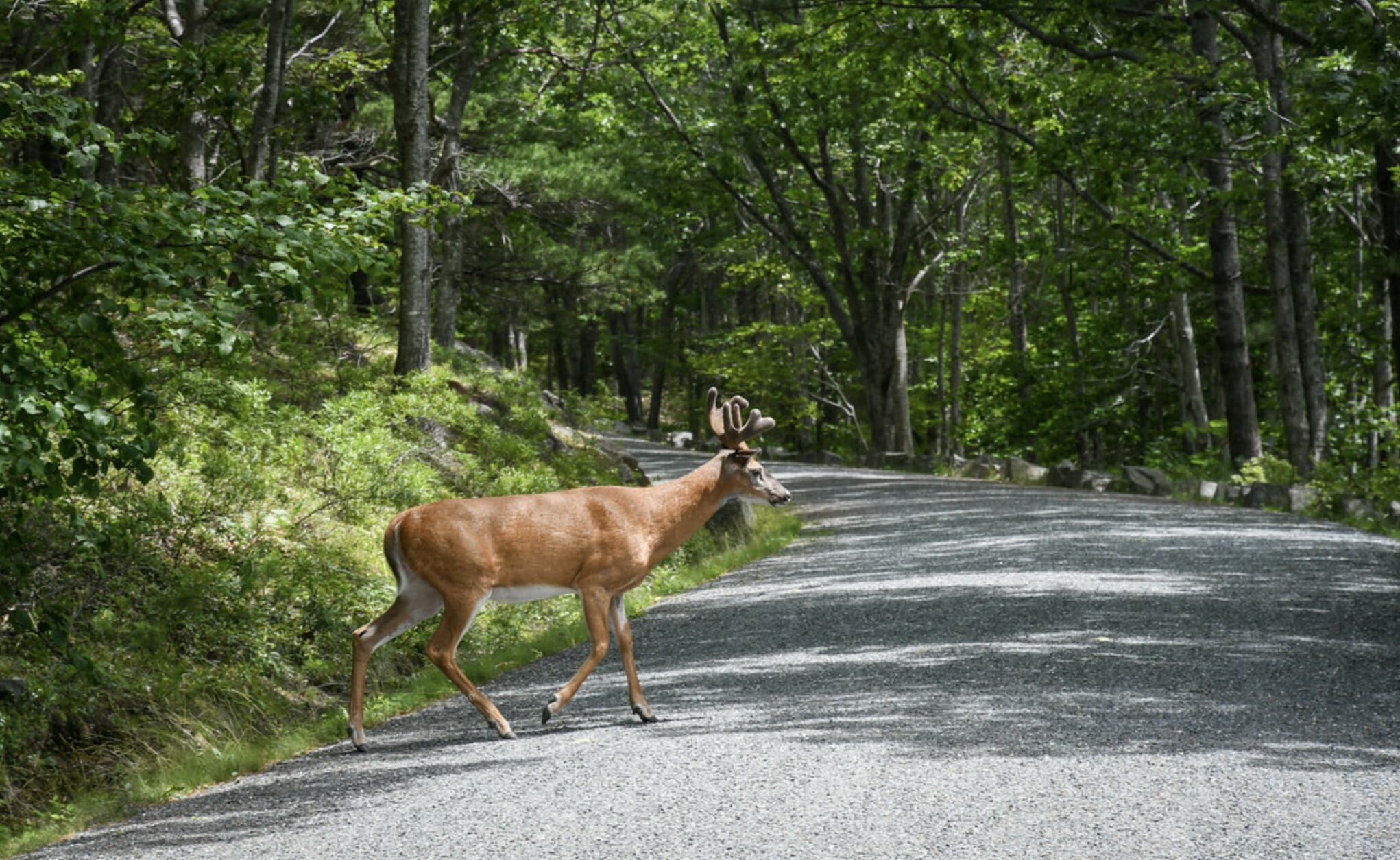(Flickr)
Through the months of October to December, an influx of movement within the deer population occurs as they search for food, oftentimes causing them to run onto roads and highways.
Deer are most likely to run onto the roads from dusk to dawn. This poses a danger to drivers early in the morning and late at night. In Ohio, one in every 102 people driving will hit a deer. As years have passed, the number of car accidents caused by deer have gone on an upward trend as deer populations have increased in the state.
In 2019, an estimated 18,500 car crashes caused by deer were reported in Ohio. Nationwide, there’ are 1.5 million deer-to-car collisions per year.
The first thing drivers need to know is to avoid swerving from the deer at all costs, since the damages from hitting a deer are far less than the possibility of a head-on collision with another vehicle in the other lane.
Since there is a large population of deer in Ohio, the following are more rules to follow if you see a deer on the road while driving:
As a precaution, use your high beams on dark roads when oncoming vehicles are not present.
Drive slowly when you notice deer-crossing road signs and wooded areas.
Flick your high beams to try and scare deer off the roads.
If the deer is still on the road, do not swerve your car. Instead, brake as quickly and safely as possible. Swerving will confuse the deer and also put you at risk of hitting an oncoming vehicle or losing complete control of your car.
Be aware that deer usually travel in packs: if you see one deer on the road, expect more to follow.
If you hit a deer, safely park your car on the side of the road, and call either the police or animal control in your area.
Take pictures of the scene and do not try to help the injured animal.
In most cases, damages from animal collisions are covered by your car insurance so make sure to call the insurance company when you arrive home.








